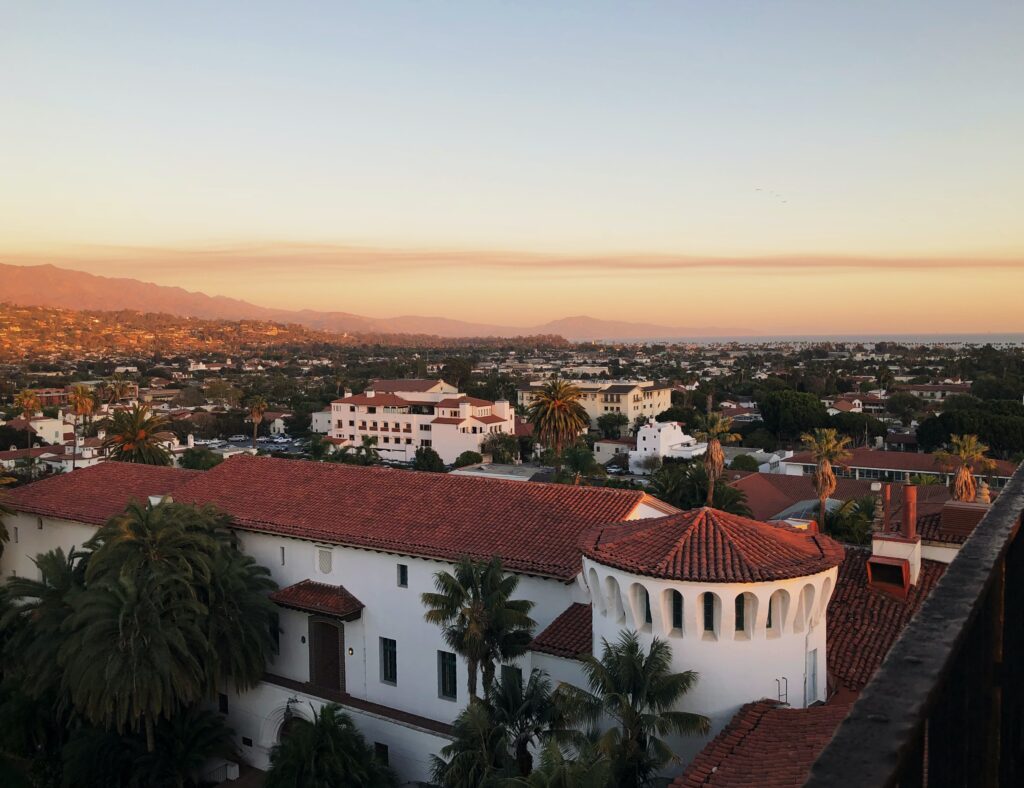
An inarguable part of Coronado’s charm is the historical, unique homes that line its streets. Preserving them maintains the city’s appeal, but when it comes to private residences, a line must be drawn: What counts as “significant?”
While adding a historical designation helps preserve Coronado’s history and charm, it also hoists more responsibility on homeowners. Property owners whose homes are designated historical must follow an arduous process when making changes to their properties – and owning a historically significant home means wide-scale modifications or tear-downs are prohibited.
The Coronado City Council considered this interplay at its Aug. 15 meeting, through the lens of a property on Alameda Boulevard whose owners appealed its designation as historically significant.
The current homeowner’s family said the property is in poor condition and needs extensive repairs. The cost is already prohibitive, and adding a historical designation to the property would significantly increase repair costs.
The home in question was designated historically significant as Spanish Colonial Revival architecture, a style featuring an asymmetrical façade, an outdoor courtyard, a red Mission clay tile roof, a wrought iron balcony, and more.
Its owners argued that the property’s updated vinyl windows, new stucco wall and patio enclosure, shutters, and entry door constituted significant changes that excluded the home from historic status.
“My concern is that I could argue every single house in this town isn’t historic, because every single one of them has minimal modifications,” said City Council member John Duncan, noting that doors and window shutters seldom last 150 years.
But a representative of the homeowner said the alterations, though they may sound minimal, disrupted the open-space, courtyard feel of a Spanish colonial, and that replacing the shutters and windows sacrificed the intricate details, such as window cut-outs, that are tantamount to the architectural style.
Two residents spoke during public comment, worried that the home might be torn down and urging the council to preserve it, along with Coronado’s vintage charm.
Historical designations are decided by the city’s Historic Resources Commission, and to be deemed historically significant, a property must meet at least two of four criteria.
The HRC found the property to meet criteria C and D – respectively, that it possessed distinctive characteristics of a particular architectural style that had not been substantially altered, and that it was representative of a notable work of a builder, designer, or architect.
In deliberation, the council labored over the need for historical preservation in Coronado and the property owners’ rights – but also, in the subjective question of whether a property counts as “notable.”
Councilmember Carrie Downey said that the number of historically significant dwellings far surpasses what she expected as the city was creating its guidelines years ago. She and councilmember Casey Tanaka worried that if a home that had been modified so much was still considered significant, it would render a huge number of Coronado properties as historic properties.
“If we have too many, it will make the word ‘notable,’ meaningless,” Downey said.
Duncan, proving the issue’s subjectivity, argued the opposite: “We’re sending the message that you can buy a house, pop off the front door, or pop off a couple of shutters, and then get it labeled as not historic,” he said. “You may as well make it a voluntary program.”
Councilmember Tanaka noted that the matter is not a question of whether the council wants the home demolished and something else built in its place – rather, it was tasked with determining whether the HRC’s decision was correct.
“We’re not talking about a notable builder where you can only find one or two (houses) to preserve,” councilmember Mike Donovan said. Coronado already has nine of Dorman’s homes listed as historically significant. Still, Donovan said, it was best to err on the side of caution with a home that’s more than a century old.
But Duncan questioned whether the definition “notable” was changing based on how many other notable homes there were, suggesting that the first to be reviewed would be unfairly judged on a different standard than the subsequent ones.
“How is this house not notable, objectively, compared to the others?” Duncan said. “Are we saying there’s only one notable Picasso painting, or maybe there’s two, because of our feelings?”
Ultimately, the council voted 3-2 to uphold the appeal – meaning the property will not be designated historic. Duncan and Donovan voted against it.
A map of Designated Historic Resources can be found here.




